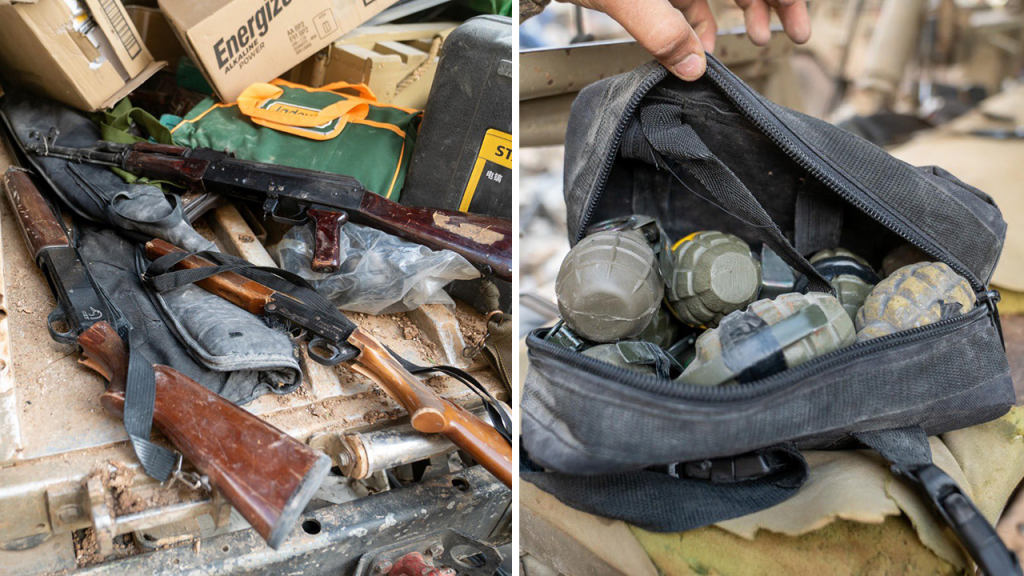The ongoing tension between Israel and Hezbollah has escalated despite a cease-fire agreement currently in effect. The Israel Defense Forces (IDF) alleged that Hezbollah militants continue to smuggle weapons into Lebanon, violating the terms of the cease-fire. In a recent statement, IDF Arabic Spokesperson Avichay Adraee indicated that Israeli Air Force fighter jets executed targeted strikes on military infrastructure near the Lebanon-Syria border, which Hezbollah reportedly utilized for transferring arms. According to Adraee, the monitoring of these weapon transfers revealed ongoing activity that poses a threat to Israel’s security and contravenes the established cease-fire understandings.
As the cease-fire reaches its fourth day, Israeli forces remain positioned in southern Lebanon, a region they had been operating in since October. According to the cease-fire terms, these forces are expected to withdraw within a two-month timeframe. Despite this, Hezbollah’s militants are said to be actively operating within the region. Adraee reported that Israeli surveillance observed gunmen transporting rocket-propelled grenades (RPGs), ammunition, and other military equipment within southern Lebanon, prompting subsequent Israeli airstrikes targeting the transporting vehicle. Such operations highlight the ongoing military tensions between the two parties, even amid proclaimed efforts toward peace.
In addition to vehicle strikes, the IDF also executed a strike against a military vehicle associated with Hezbollah’s missile production operations deep within Lebanese territory. This indicates a continued focus by the Israeli military on disrupting Hezbollah’s capabilities as they remain vigilant of the threats posed by the group. Compounding these allegations are claims by the IDF regarding the discovery of combat equipment in places of worship. Reports stated that Israeli troops uncovered rifles and grenades concealed within a mosque believed to be utilized by Hezbollah members, exemplifying a troubling intersection of armed conflict and civilian spaces.
The unfolding situation is aggravated by civilian consequences resulting from the ongoing military actions. For instance, reports from southern Lebanon detailed casualties from recent Israeli drone strikes, including attacks in the villages of Rub Thalatheen and Majdal Zoun. These strikes reportedly resulted in the deaths of two individuals and injuries to others, including children. Such incidents reflect the complexities and human costs of military confrontations, stirring concerns over escalating violence in a region already distressed by conflict.
The situation remains fluid as the IDF remains committed to enforcing the terms of the cease-fire while addressing perceived violations. Adraee made it clear that the IDF’s mandate is to respond to any breaches of the cease-fire agreement, illustrating the precarious balance that exists between maintaining peace and preempting potential threats. This atmosphere underscores the vulnerabilities faced by both military entities and civilian populations trapped in a cycle of hostilities amidst a backdrop of volatile cease-fire conditions.
Overall, the current state of affairs between Israel and Hezbollah reaffirms a recurring cycle of aggression and retaliation that characterizes the long-standing conflict in the region. With Hezbollah allegedly continuing to supply itself with armaments and Israel maintaining its operational posture, the potential for escalated military engagement looms large. The attempts at establishing a cease-fire, even for a brief period, highlight both the challenges and ongoing negotiations necessary for a more comprehensive and enduring resolution to this deeply entrenched conflict.

